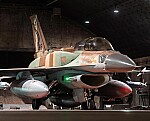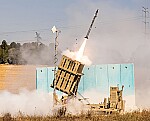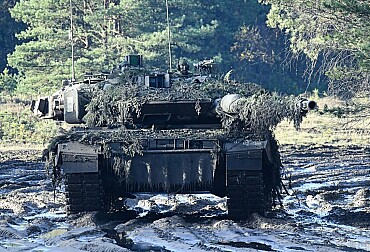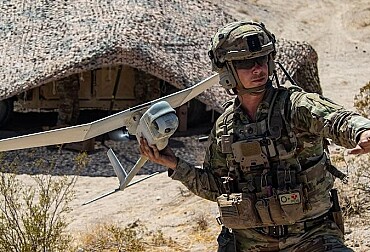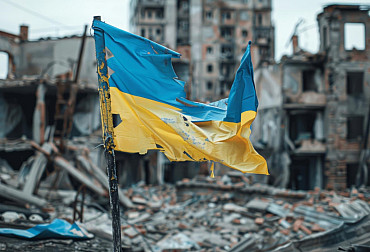Post-INF Europe in the next decades
The U.S. government's recent decision to deploy the latest missiles in Germany has once again sparked a discussion about the post-INF Europe and the broader global landscape. Are we on the brink of another arms race? How might Russia respond? And what steps should Europe take?
But first, it's important to understand the context surrounding the U.S. government's decision to deploy new missiles, such as the SM-6 and land-based Tomahawk missiles, in Germany.
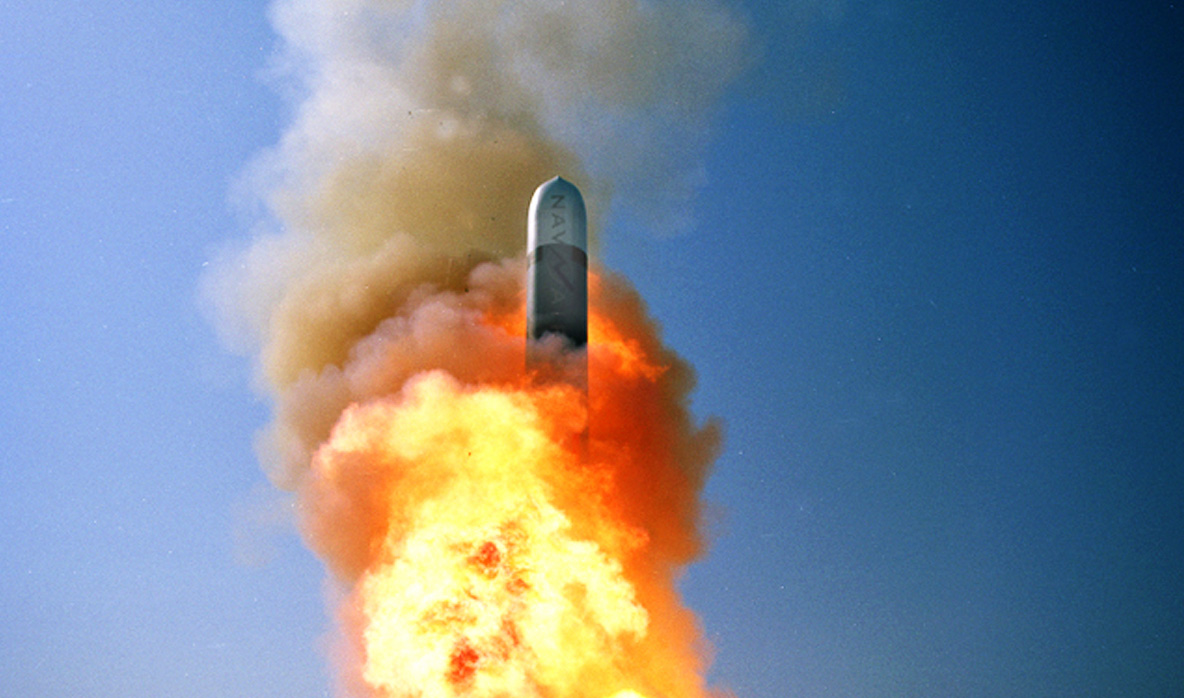
In 2019, following a series of mutual accusations, then-President Donald Trump decided to withdraw the United States from the INF Treaty (Intermediate-Range Nuclear Forces Treaty) signed in 1987 between the U.S. and the Soviet Union. The Treaty banned the deployment of ground-based ballistic and cruise missiles with a range of 500 to 5,500 kilometers, including the American Pershing missiles and the Soviet SS-20. The U.S. government cited Russian non-compliance as the primary reason for the withdrawal, alleging that Russian forces had deployed a ground-launched variant of the Iskander missile that violated the 500 km limit. Another factor was the missile development in China, which was not a party to the Treaty and therefore not bound by its terms.
Now, the U.S. government has decided to once again deploy these new missiles in Germany. Initially, this will be a rotational deployment starting in 2026 as part of the second Multi-Domain Task Force (MDTF) deployment. The MDTF is designed to address emerging threats from China and Russia. According to recent reports, in addition to the SM-6 and ground-based Tomahawk missiles, the U.S. Army may also deploy hypersonic missiles to Germany.
How might Russia respond? Russian officials, including Deputy Foreign Minister Sergei Ryabkov, have stated that all options, including the deployment of nuclear missiles, are on the table. European cities could potentially be targeted by Russian missiles. Moreover, Pavel Podvig, a leading Russian expert on nuclear forces and missiles, offered an intriguing response on X (formerly Twitter) to a White House statement regarding the deployment of these missiles. Podvig commented, "If you liked SS-20, you will love RS-26," implying that Russia might respond by developing and deploying the RS-26 Rubezh missile.
According to the latest information available, the Rubezh missile is based on the RS-24 Yars intercontinental ballistic missile (ICBM). However, it has only two stages instead of three and is launched from a 6x6 transporter erector launcher (TEL) instead of an 8x8 TEL. Although initially classified as an ICBM, the missile was reportedly tested with a heavier payload at a range below the 5,500-kilometer limit set by the INF Treaty. Russia reportedly tested the missile in 2012, 2013, and 2015, launching from Kapustin Yar to the Sary Shagan testing range. However, it is unclear whether the Rubezh would serve as Russia’s response to U.S. actions. The project was removed from the State Armament Program 2027 and replaced by the Avangard hypersonic glide vehicle. It is currently unknown whether the development of Rubezh is ongoing or has been halted. It is also unclear if Russia has an immediate response to U.S. missile deployments.
Another possible response from Russia could involve providing missile technology to other state and non-state actors, such as North Korea or the Houthi group based in Yemen. There are initial reports suggesting that Russia may supply the Houthis with anti-ship missiles, potentially disrupting international maritime trade in the Bab al-Mandeb Strait, a critical chokepoint near the Horn of Africa.
How might this situation affect Europe?
In light of Russian aggression against Ukraine, European nations must prepare for an era of increased escalation. However, even after more than two years of war in Ukraine, there remains a significant shortage of air defense systems across Europe. Given the new deployment of U.S. missiles in Germany and the potential Russian response, European countries need to prioritize the development of long-range strategic air defense capabilities to protect major cities, air bases, military installations, and civilian infrastructure across the continent.




